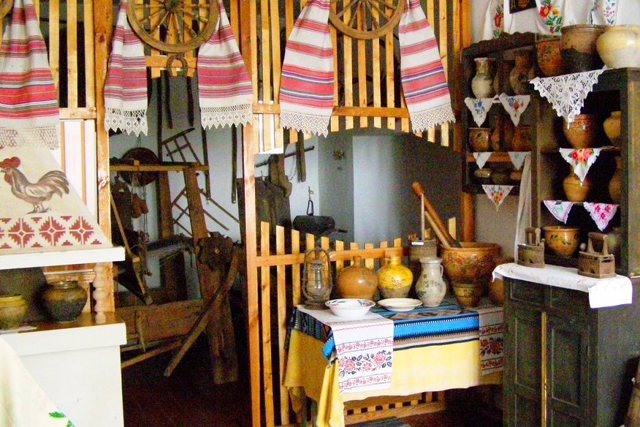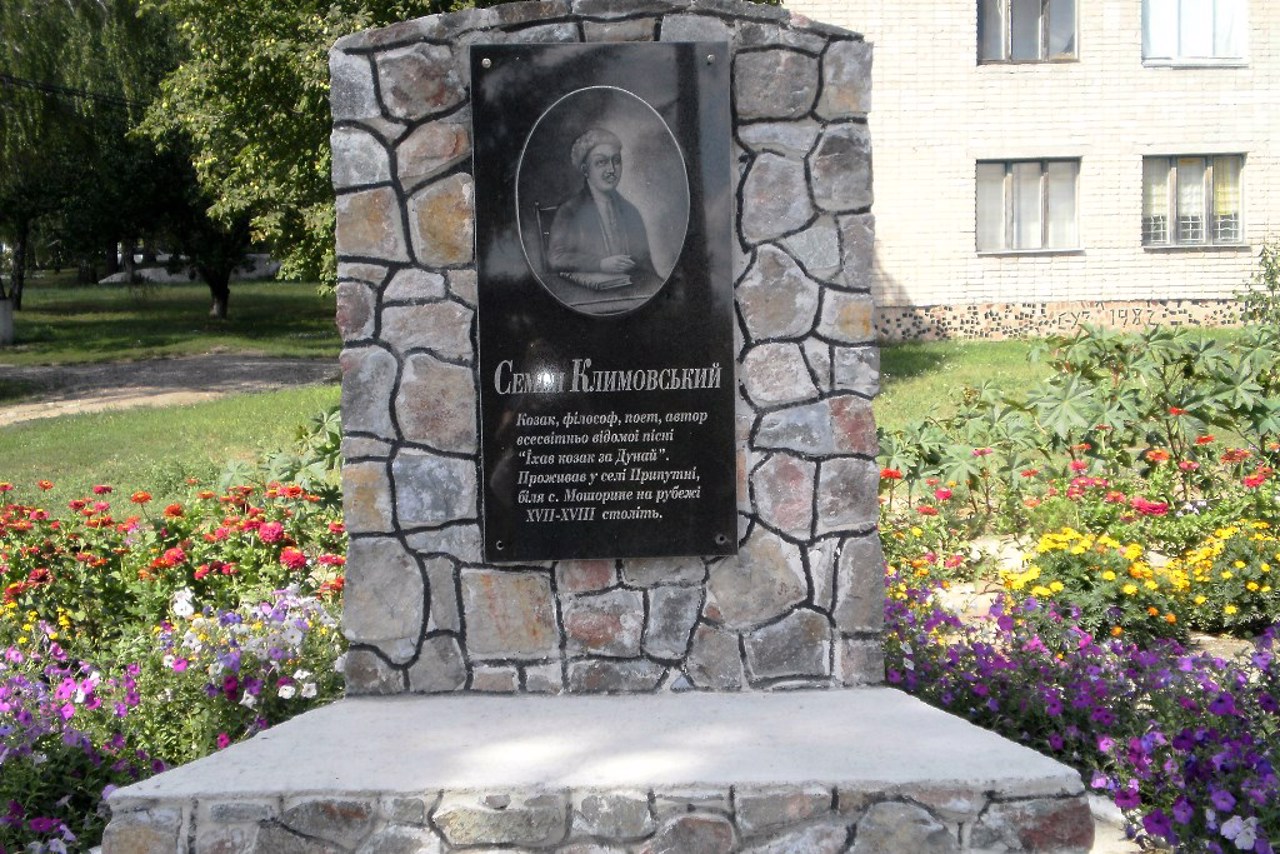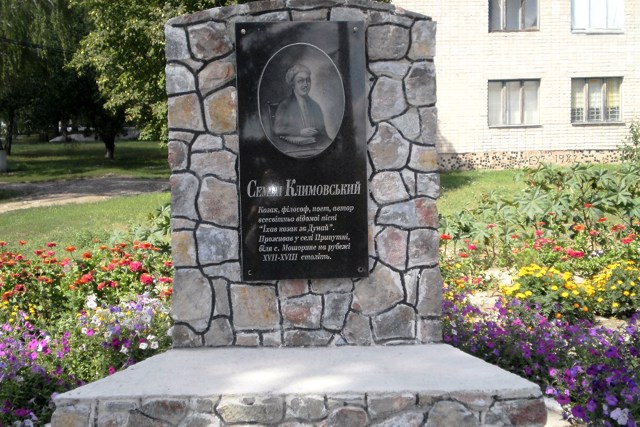Functional temporarily unavailable
Moshoryne
Travel guide online Moshoryne
General information about Moshoryne
The village of Moshoryne on the Beshka River is located between Kropyvnytskyi and Oleksandria, 45 kilometers from the regional center. Administratively, it is part of the Subotsi village hromada of Kropyvnytskyi district, Kirovohrad region.
The village arose in 1751-1752 as a military settlement on the site of the Nekrasovsky Cossack farm. Until 1764, the 16th company of the New Serbian Hussar Regiment was based here. According to local experts, the village was named after the Serbian village of Moshoryne, where the first settlers may have come from.
In the 18th century, a Cossack, philosopher and poet Semen Kyimovsky, author of the world-famous song "A Cossack Went to the Danube" lived on the farm of Pryputnia near Moshoryne (commemorative signs were installed)....
The village of Moshoryne on the Beshka River is located between Kropyvnytskyi and Oleksandria, 45 kilometers from the regional center. Administratively, it is part of the Subotsi village hromada of Kropyvnytskyi district, Kirovohrad region.
The village arose in 1751-1752 as a military settlement on the site of the Nekrasovsky Cossack farm. Until 1764, the 16th company of the New Serbian Hussar Regiment was based here. According to local experts, the village was named after the Serbian village of Moshoryne, where the first settlers may have come from.
In the 18th century, a Cossack, philosopher and poet Semen Kyimovsky, author of the world-famous song "A Cossack Went to the Danube" lived on the farm of Pryputnia near Moshoryne (commemorative signs were installed).
The pottery industry has long been developed in Moshoryne, in particular, in the 19th century more than 80 craftsmen worked. The local museum of local history has a large collection of pottery: jugs, makitras, bowls, etc.
Cело Мошорине на річці Бешка розташоване між Кропивницьким та Олександрією, за 45 кілометрів від обласного центру. Адміністративно входить до складу Суботцівської сільської громади Кропивницького району Кіровоградської області.
Село виникло у 1751-1752 роках як військове поселення на місці козацьуого хутора Некрасовського. До 1764 тут базувалася 16-а рота Новосербького гусарського полку. На думку краєзнавців, село отримало назву на честь сербського села Мошорин, звідки могли походити перші поселенці.
У XVIII столітті на хуторі Припутні біля Мошориного жив козак, філософ та поет Семен Климовський, автор всесвітньо відомої пісні "Їхав козак за Дунай" (встановлено пам'ятні знаки).
Здавна в Мошориному був розвинений гончарний промисел, зокрема в XIX стол ...
Cело Мошорине на річці Бешка розташоване між Кропивницьким та Олександрією, за 45 кілометрів від обласного центру. Адміністративно входить до складу Суботцівської сільської громади Кропивницького району Кіровоградської області.
Село виникло у 1751-1752 роках як військове поселення на місці козацьуого хутора Некрасовського. До 1764 тут базувалася 16-а рота Новосербького гусарського полку. На думку краєзнавців, село отримало назву на честь сербського села Мошорин, звідки могли походити перші поселенці.
У XVIII столітті на хуторі Припутні біля Мошориного жив козак, філософ та поет Семен Климовський, автор всесвітньо відомої пісні "Їхав козак за Дунай" (встановлено пам'ятні знаки).
Здавна в Мошориному був розвинений гончарний промисел, зокрема в XIX столітті працювали понад 80 майстрів. В місцевому краєзнавчому музеї зберігається велика колекція гончарних виробів: глечики, макітри, миски тощо.
Сплануй своє перебування у Moshoryne
What to see and where to go in Moshoryne
Tourist attractions and museums of Moshoryne

Moshoryne Village History Museum
Museum / gallery
The public history museum of the village of Moshoryne is located on the second floor of the Moshoryne secondary school. It has two sections: ethnographic and historical.
The ethnographic section recreates the interior of a traditional Ukrainian house with a stove, benches, chests, bowls shelf, icons and embroidered towels. Here are presented items of rural life: nightstands, a barrel, a measuring cup, a bread bowl, a sieve, a rubel for ironing, a rocking chair, wicker products from bark and vines. You can also see agricultural tools: a sickle, a flail, a grain grinder, a hand mill and a yoke for oxen.
The historical section is devoted mainly to the events of the Second World War. About 200 portraits of Moshoryne residents who died at the front are presented. Among the exhibits: a rifle butt, a bayonet knife, machine-gun belts, grenades, helmets, flasks, a German-style gas mask.
The new exposition is dedicated to the natives of the Moshoryne village who took part in the Russian-Ukrainian war.
Reviews Moshoryne
Geographical information about Moshoryne
| {{itemKey}} | {{itemValue}} |
|---|---|
| Region |
Kirovohrad |




